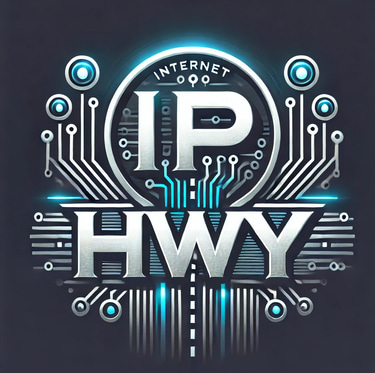The Great AI Regulation Tug-of-War... Why Big Tech and Congress Are Clashing Over the Future of AI Oversight
The Fight for Federal AI Regulation... Who Should Control the Future of Artificial Intelligence?
Jim Leone
7/11/20253 min read
Artificial intelligence has rapidly moved from research labs to our daily lives, fueling everything from digital assistants and autonomous vehicles to security tools and medical diagnostics. But as AI systems grow more powerful, the question of how, and who, should regulate them has ignited one of the most important policy battles of our time.
In the past month, that debate reached a boiling point in Washington.
The Federal Moratorium That Wasn’t
On July 1st, the U.S. Senate voted 99-1 to strike down a controversial provision in the latest budget bill that would have effectively blocked state-level AI regulations for the next decade. The provision, backed by major tech companies, would have created a 10-year federal moratorium on any state AI laws, essentially freezing the regulatory environment while Congress worked toward a national framework.
But lawmakers weren’t having it.
The near-unanimous rejection of this moratorium wasn’t just symbolic; it was a shot across the bow to Big Tech and a signal that states won’t wait for Washington to act. With over 20 states already drafting or enacting AI regulations, the U.S. is hurtling toward a patchwork of local rules that could reshape the industry.
Why Big Tech Is Pushing Hard for Federal AI Laws
Tech giants like Microsoft, Amazon, and Google aren’t simply worried about compliance complexity, they’re also concerned about fragmented innovation landscapes. Without a single national standard, companies may face contradictory obligations, stifling everything from autonomous vehicle development to AI-assisted healthcare tools.
Microsoft’s Chief Scientist Eric Horvitz recently argued that “regulation done properly can actually speed up AI progress by providing clarity and trust.” And to some extent, they have a point: The European Union’s AI Act, while strict, offers at least a predictable roadmap.
But critics argue that many of these companies aren’t just seeking clarity, they’re trying to shape the rules in their favor before broader public protections can be enacted.
The States vs. Silicon Valley
States like California, Texas, and Colorado are already moving ahead with their own laws around algorithmic bias, facial recognition, and AI accountability. These laws range from requiring explainability in AI models to outright bans on certain surveillance technologies.
And while state-level innovation can drive targeted protections, it also creates headaches for companies trying to scale nationally. Imagine needing to tweak an AI system for 20+ different legal standards just to operate across the U.S.
This tug-of-war between federal preemption and local autonomy isn’t new, but in the context of AI, the stakes are far higher.
Why This Fight Isn’t Going Away
Here’s why this debate will likely dominate headlines throughout the rest of 2025:
Public Concern Is Surging: A recent poll showed nearly 90% of voters, including conservative blocs, support stricter AI guardrails, particularly around deepfakes, data misuse, and algorithmic manipulation.
Election-Year Politics: With midterms around the corner, neither party wants to be seen as “soft” on AI abuse or cybersecurity risks.
Global Competition: The EU and China are moving aggressively on AI governance. If the U.S. doesn’t act soon, it risks falling behind in shaping international standards.
Where This Is Likely Headed
I expect the next few months to bring:
A renewed push by tech lobbyists to accelerate federal legislation.
Growing momentum in Congress for at least a baseline national AI law, possibly focused on disclosure and transparency.
States continuing to test the limits of their regulatory authority, particularly in areas like biometrics and automated decision-making.
Ultimately, we may end up with dual systems... federal laws setting broad parameters, with states retaining authority to impose stricter rules where they see fit.
The Bigger Question --> Innovation or Control?
At the heart of this debate is a core dilemma we’ve seen before: How do we protect consumers and critical infrastructure without stifling the very innovations that could reshape industries?
I don’t believe this will be solved with one bill or executive order. AI is too complex, too fast-moving, and too deeply embedded in everything we do.
But what we can, and must, push for is:
Transparent, inclusive policymaking that includes not just tech giants but also academics, ethicists, and civil rights groups.
Clear guardrails on high-risk AI use cases (like facial recognition and predictive policing).
Stronger disclosure rules for companies deploying AI in consumer-facing systems.
This won’t be easy. But the alternative, waiting until the next crisis forces action, simply isn’t acceptable.
AI regulation isn’t about choosing between innovation and security... it’s about ensuring both can coexist. Whether at the federal or state level, we need smarter, faster action to keep pace with the technology we’ve unleashed.
The IP HighWay
Stay updated with the latest IT security news.
info@iphwy.com
© 2025. IPHwy LLC. All rights reserved.



